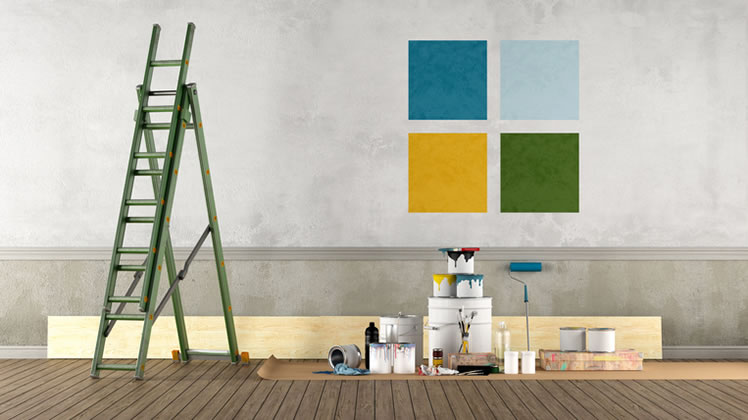Restumping 101: Everything you need to know about restumping your home

While it might seem intimidating, restumping your house doesn’t need to be a nightmare. Keep your cool and understand what you need to know to find a good contractor, and you can get the job done with a minimum of stress.
Does your house need restumping?
Are there cracks in your plaster walls? Is your floor uneven? Do your doors and windows stick? Does your glassware clink merrily on the shelf every time someone walks past? Your house may need some stump love, so it’s time to call in the experts.
Unless your property is built on a concrete slab, most houses need restumping at some stage. Older houses are built on timber stumps, which can last anywhere from 15 to 80 years, depending on a variety of factors.
If you’re planning major renovations, be sure your existing stumps are up to it – if there’s any doubt, include restumping as part of the job. You’ll save both money and headaches in the future.
What exactly is restumping?
Restumping (sometimes called reblocking) consists of jacking up the house, removing the existing wooden stumps and replacing them. During the restumping work, floor levels need to be reset, and it’s possible that the movement will cause warped doorframes, cracked plaster, damaged tiles and so on. These days, the replacement stumps are usually concrete, and should last longer than wooden stumps.
A house can be partially restumped if only certain areas need it. But if half of your stumps are visibly decaying, there’s a very good chance that the others are probably on the way out, even if they seem OK. It’s usually advisable to replace all the stumps at once. A restumping expert or building inspector will be able to advise you on the best course of action.
What’s it going to cost?
That’s a piece-of-string question. The going rate changes based on many factors, including where you live, the size of your house (how many stumps are there?) and the size of the sub-floor space (how difficult will it be for workers to access underneath?). Soil condition and the state of bearers and joists will also affect the final bill. It’s a competitive business, so get a number of quotes, and then see whether your preferred restumper is able to match the lowest quote.
Find the right restumper
Personal recommendation is best – if you can find someone who has had a property restumped and had a good experience, take their advice.
Make sure any restumper you choose has the appropriate experience (and insurance). If you’re not sure where to start, contact a registered Master Builders Australia member in your area.
Ask the restumper about recent jobs they’ve done (and maybe an older one, to ensure the levelling hasn’t changed). Find out if any of their past clients would be willing to provide a testimonial. If the restumper doesn’t want to tell you, that may be a cause for concern.
Make sure to search for restumpers online to find any reviews or feedback, and make sure they’ve been in business for a number of years under the same name.
Ask the right questions
Before you sign a contract, be sure you’re clear about the scope of work agreed. Ask the contractor:
- are all stumps going to be replaced?
- will the floor level be at the existing height, or higher?
- are replacement of rotten/damaged bearers and joists included in the quote?
- what internal damage is likely?
- if they are pulling up floorboards, will they reinstate them? What about the carpet?
- is levelling of floors guaranteed?
- will doors and windows be restored to good opening condition?
- will old stumps and other waste be removed?
You’ll also need a council permit. While this sounds like a hassle, it does mean the work will be independently inspected. Be sure to find out if your restumper will obtain the relevant permits, or if you need to do it yourself.
And you’re away! You generally shouldn’t have to move out of your home while the work is being done, and in seven to 10 days you’ll be freshly stumped. Now you’ve got the lowdown, contact your mortgage broker if you need to discuss financing options for the big job.





